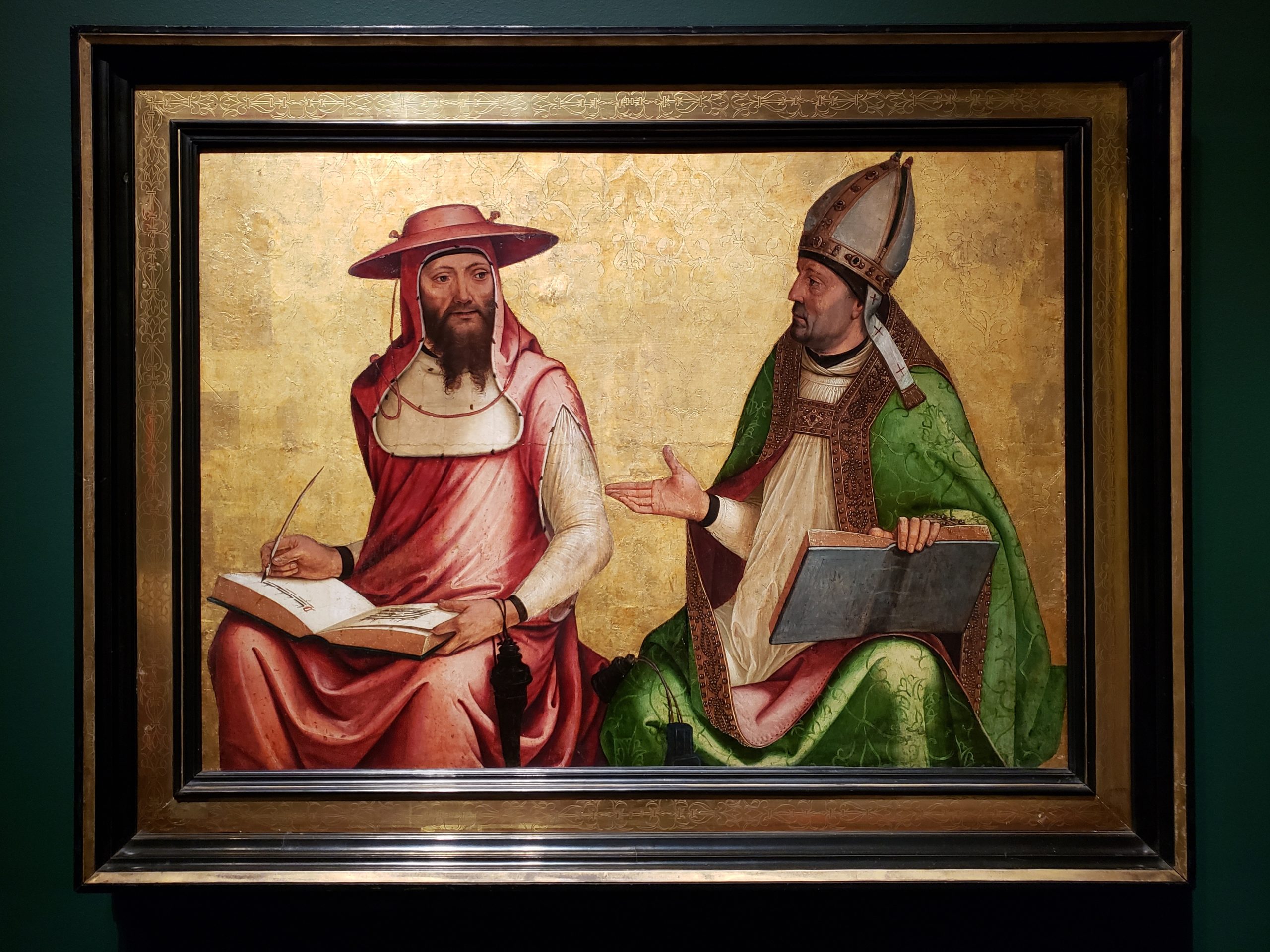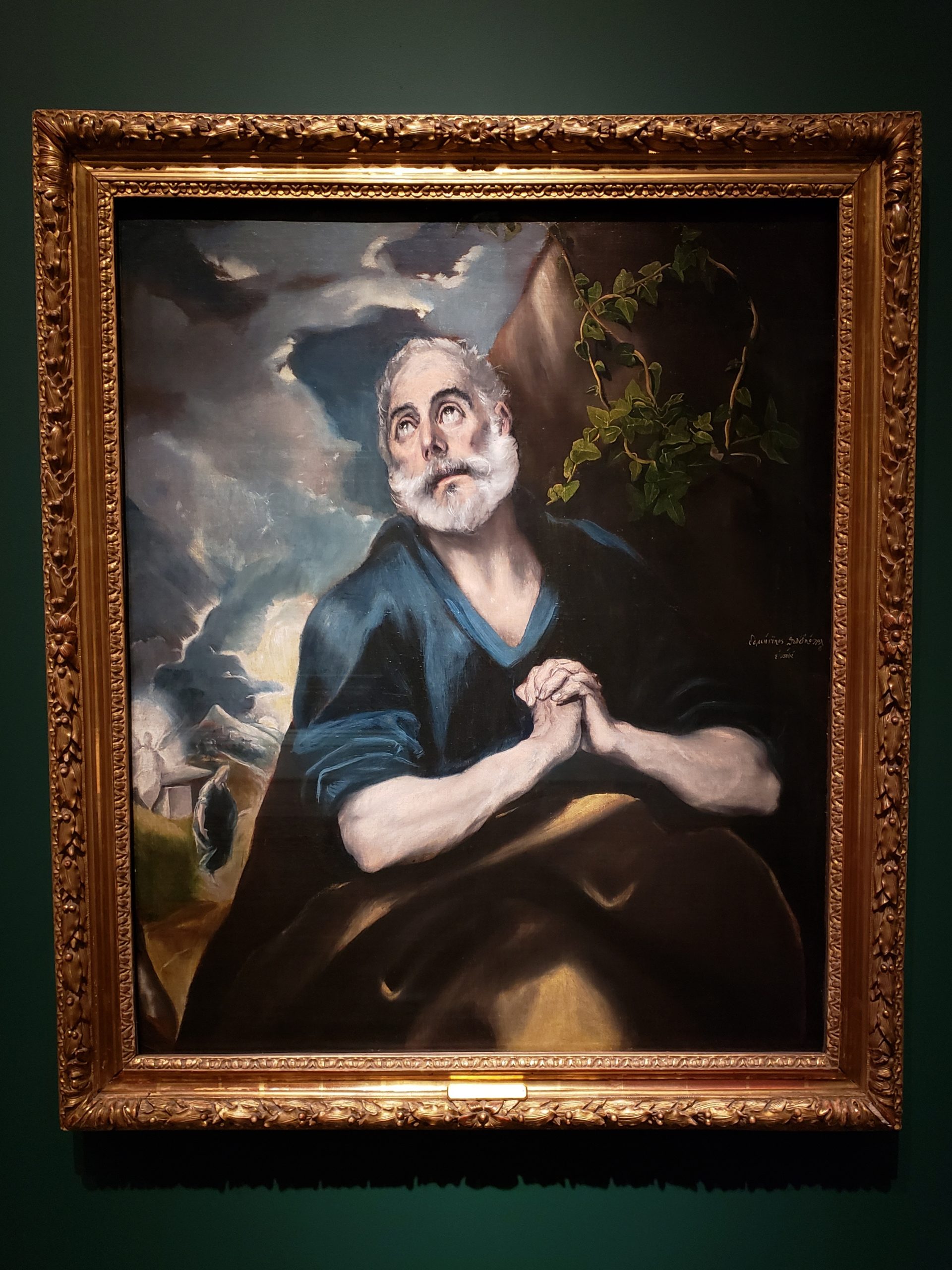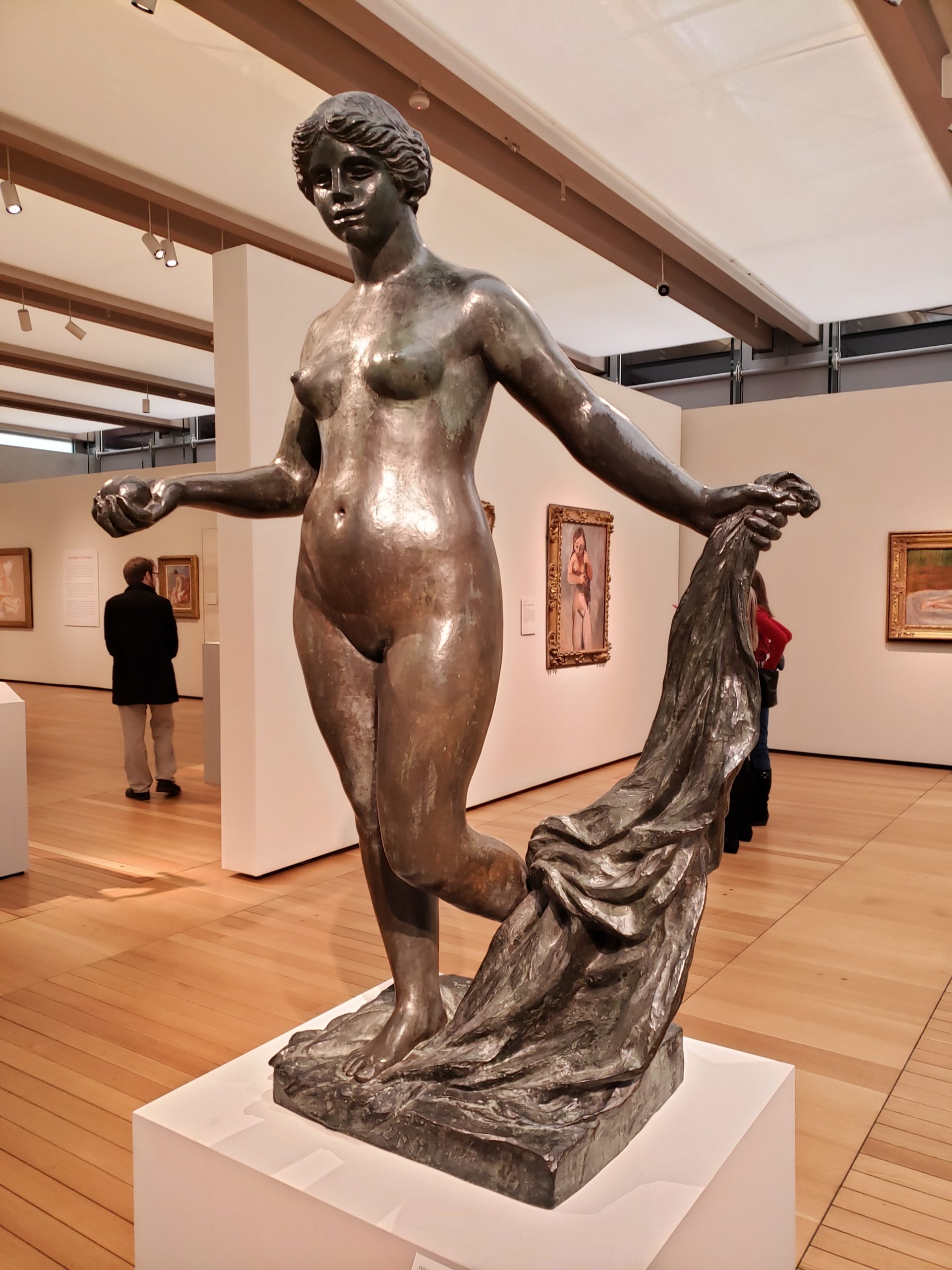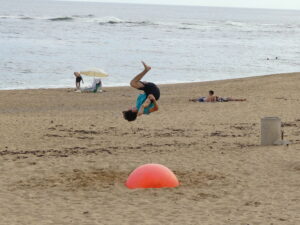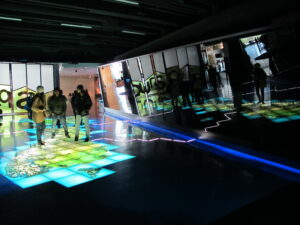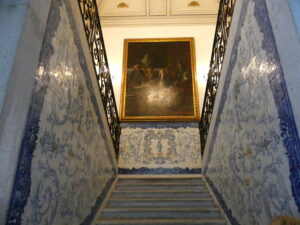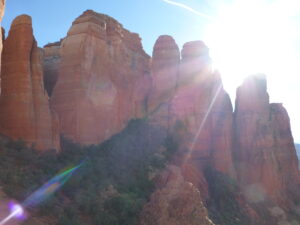We took the opportunity during a long visit back to the States to do some art touring in NYC, Boston and Dallas-Fort Worth. A few special exhibits and a nostalgic re-visit were among the highlights. Plus we took a look at the newly expanded and re-opened Museum of Modern Art in NYC and a special exhibit of the work of maverick artist Hans Haacke at the New Museum.
ISABELLA STEWART GARDNER MUSEUM, BOSTON
Barry first visited Boston’s Isabella Stewart Gardner Museum (1903) about 55 years ago. Even then it was a jewel, a rich art collection in a Renaissance palace. As we discovered during our family visit to Boston, three things had changed since then. A chrome box entrance by Renzo Piano had expanded the entryway but did not impinge on the Italianate palace; everything within the palace seemed to have been brightened up; and thirteen paintings by Rembrandt, Vermeer and other masters were still missing after the notorious 1990 theft.
For nearly three hours, as several young singers wafted the songs of Schubert through the cloistered garden of the palazzo, we savored anew both the building and this fine collection.
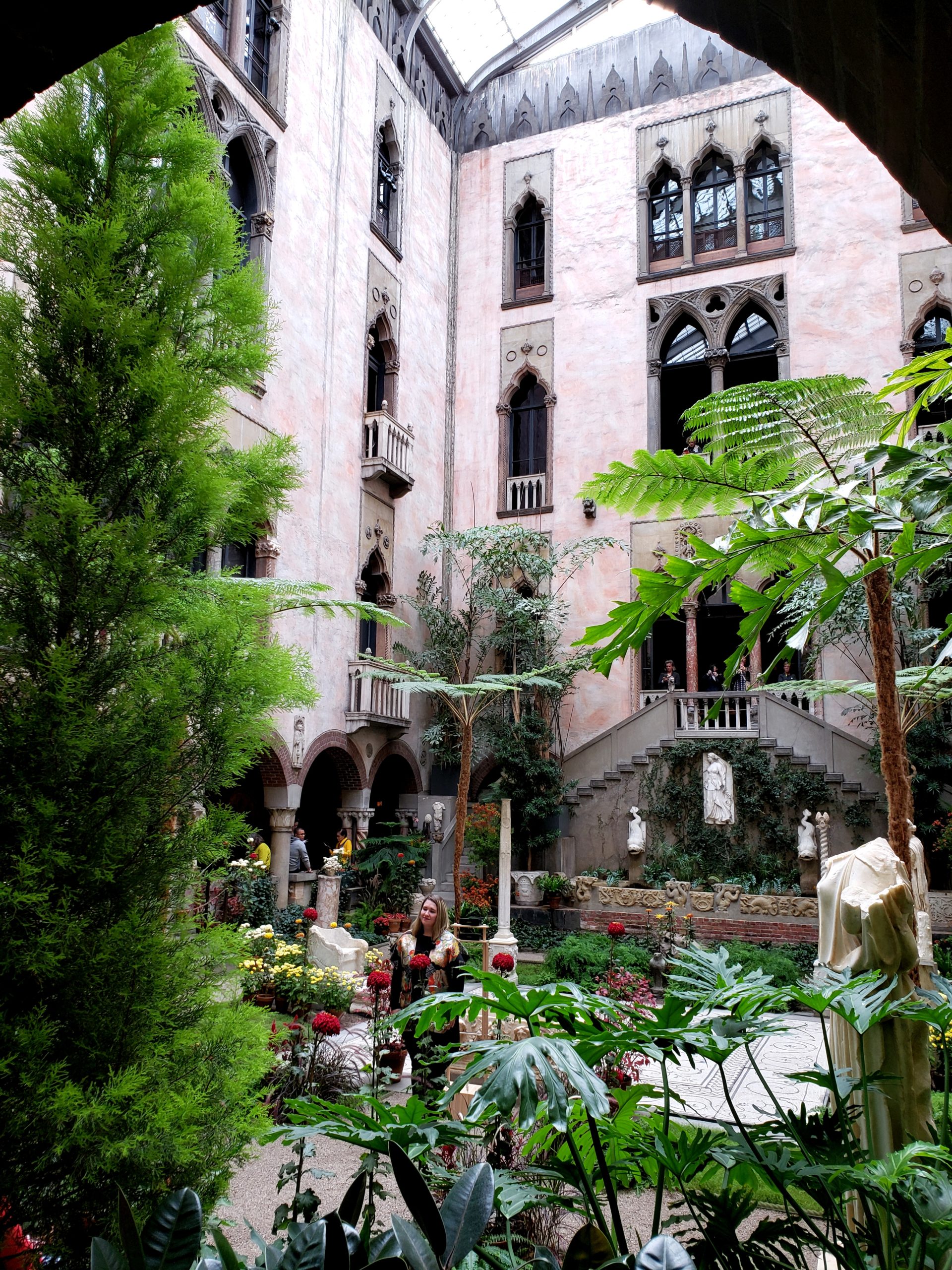
One of the most famous works here, the El Jaleo (The Ruckus) by John Singer Sargeant with its nearly life-sized figures. The American artist was a good friend and frequent contributor to ISG’s collection, including splendid portraits of her.
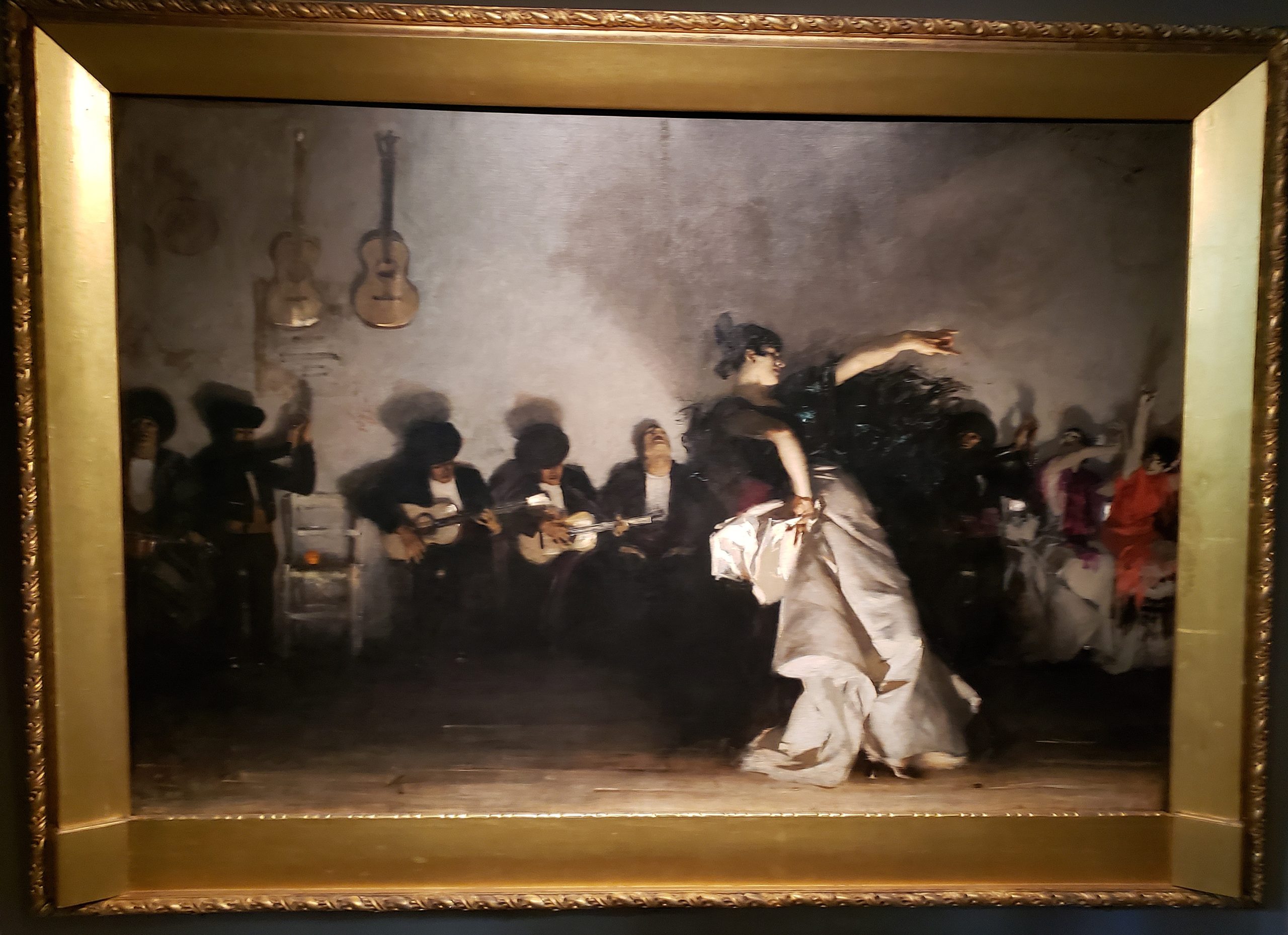
A medieval Buddha stele in the Chinese courtyard adjacent to the Spanish room with El Jaleo.
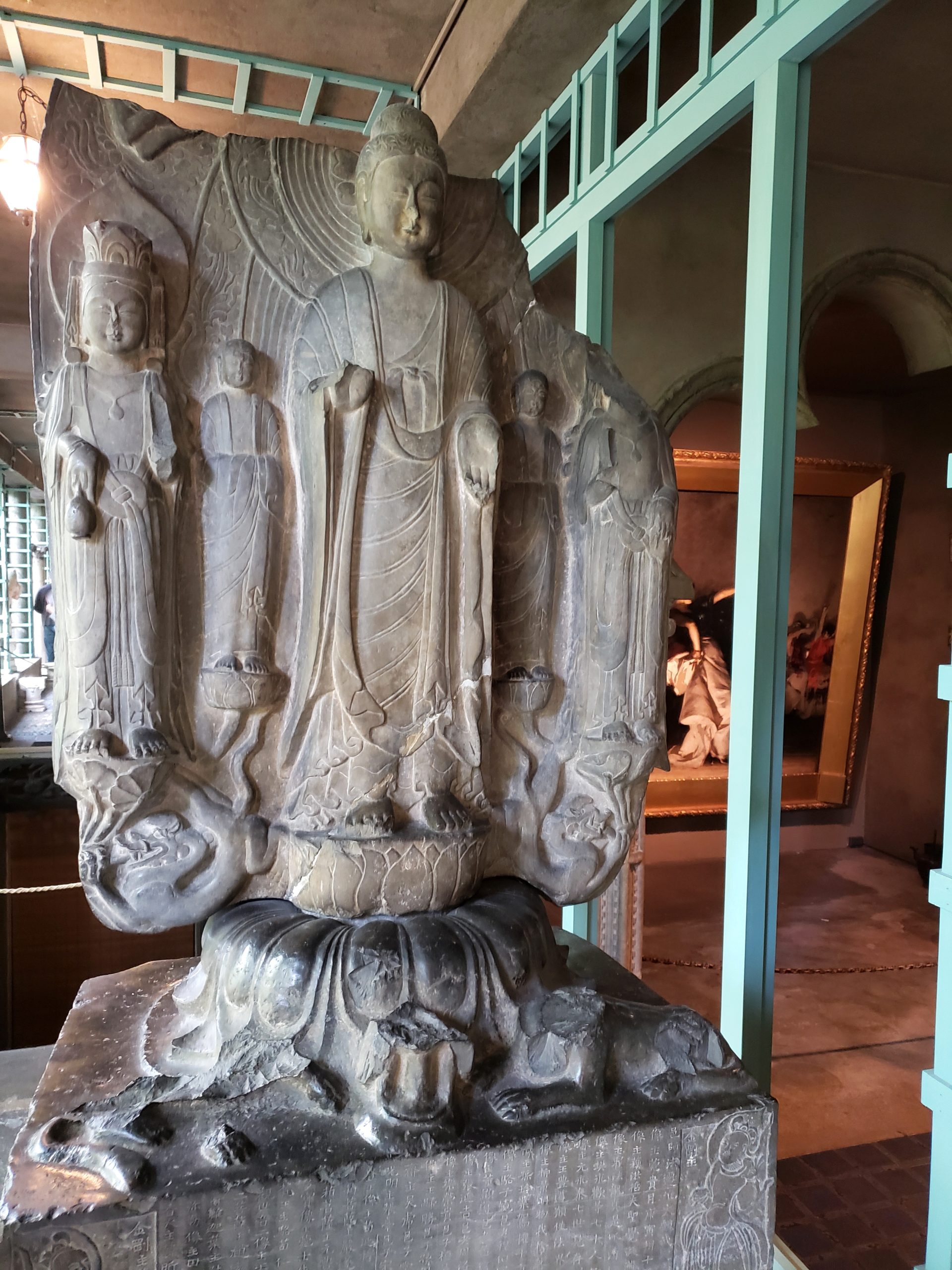
One of the oldest and best of the collection, a 1320 painting by Giotto depicting Jesus’ presentation in the temple. Giotto was one of the first Renaissance artists to infuse drama and personality into his figures. As he did here, with this straining baby, wary but comforting mother, somewhat overwhelmed guardian, plus an oddly stricken prophetess hailing the scene.
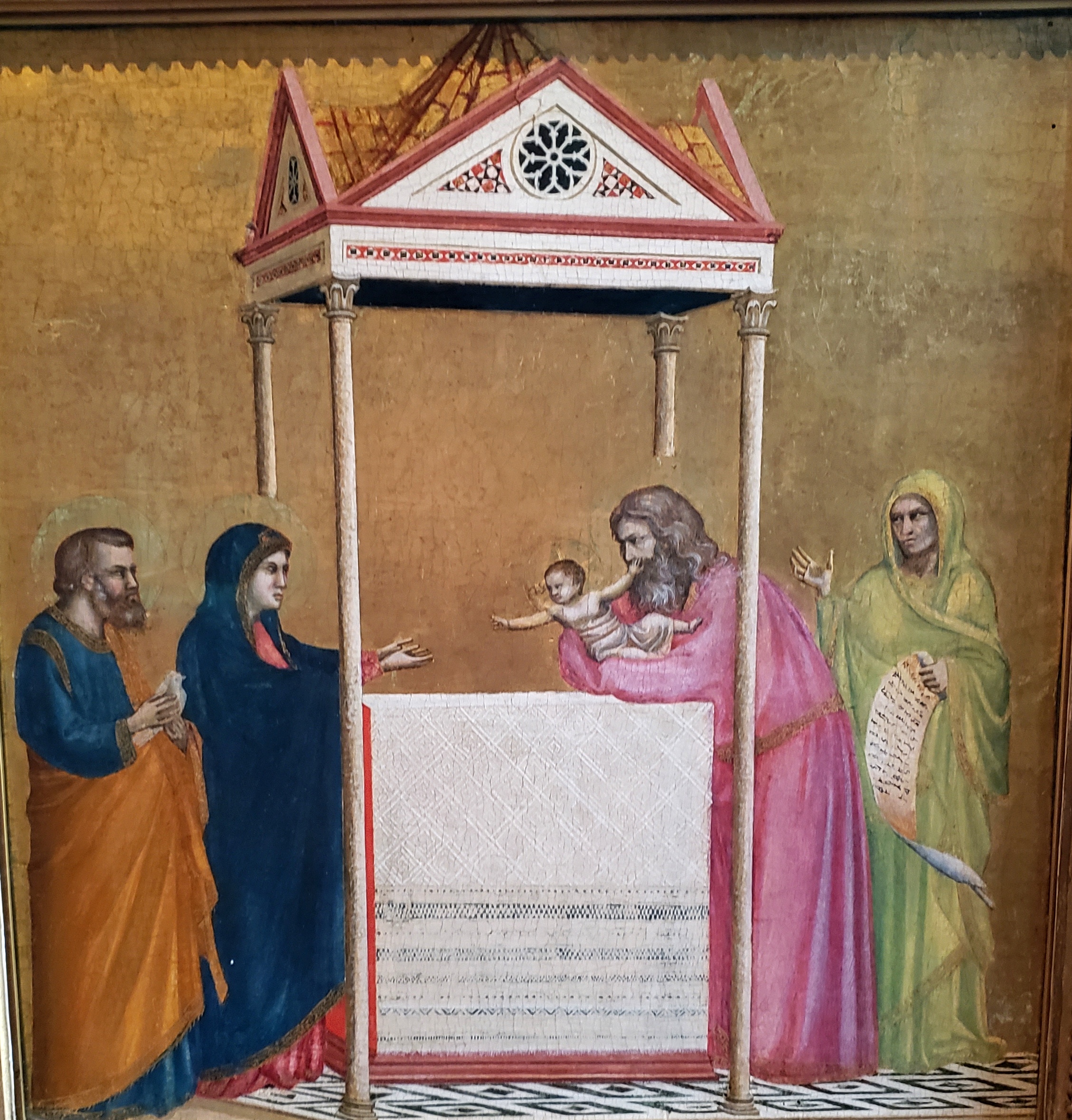
One of several works by Botticelli at the Gardner. This is the story of the saintly Roman woman Lucretia, whose death sparks a rebellion against tyrannical rule. We found quite a range of intense emotion captured in the brilliantly painted figures offset by the orderly splendor of the buildings.
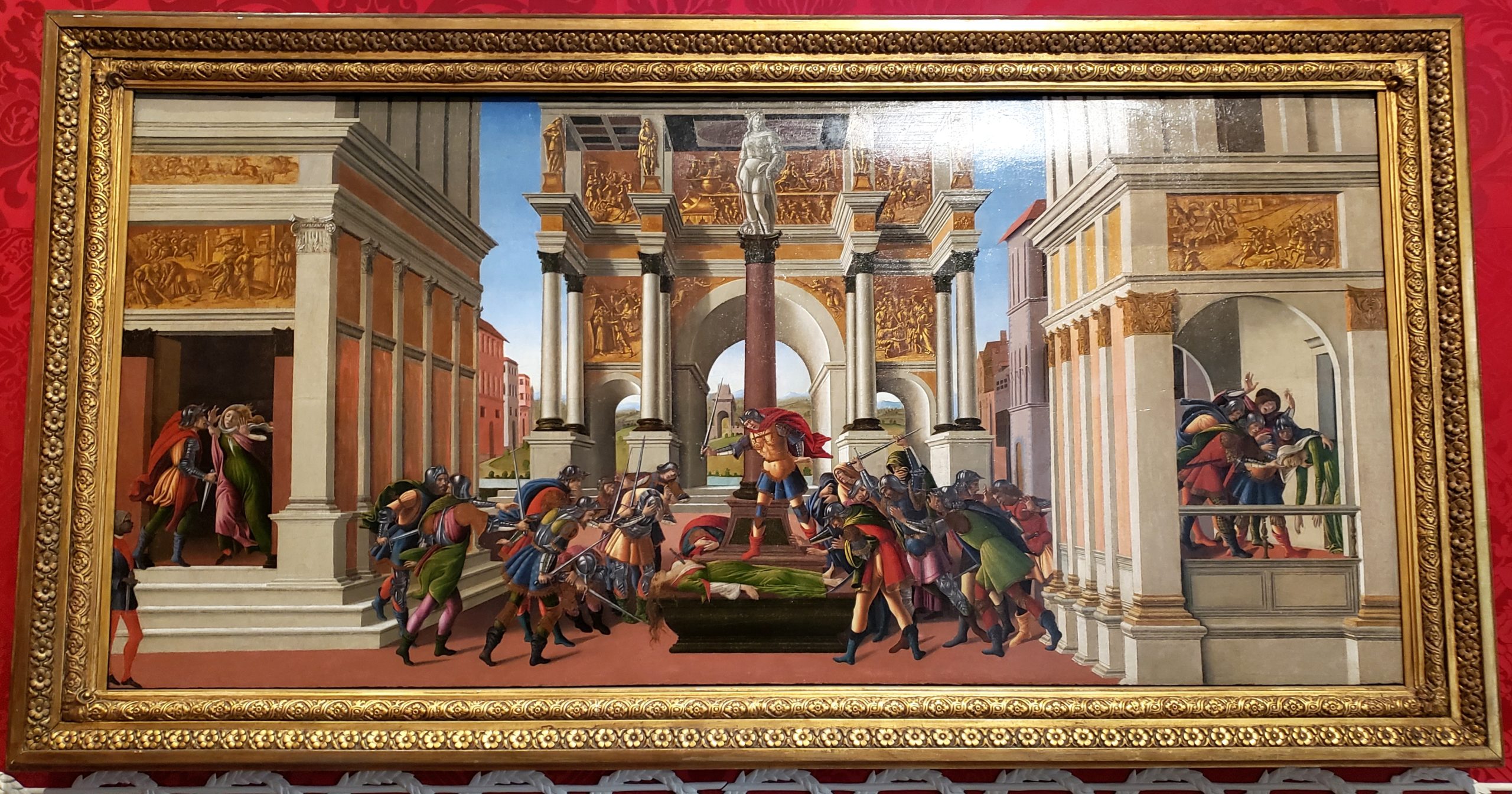
Self-portrait of a young Rembrandt. This was especially delightful to see as we had visited his house in Amsterdam this year, toured the Rijksmuseum display of all his works that they owned, and learned so much more about him. (Click here to read that post.)
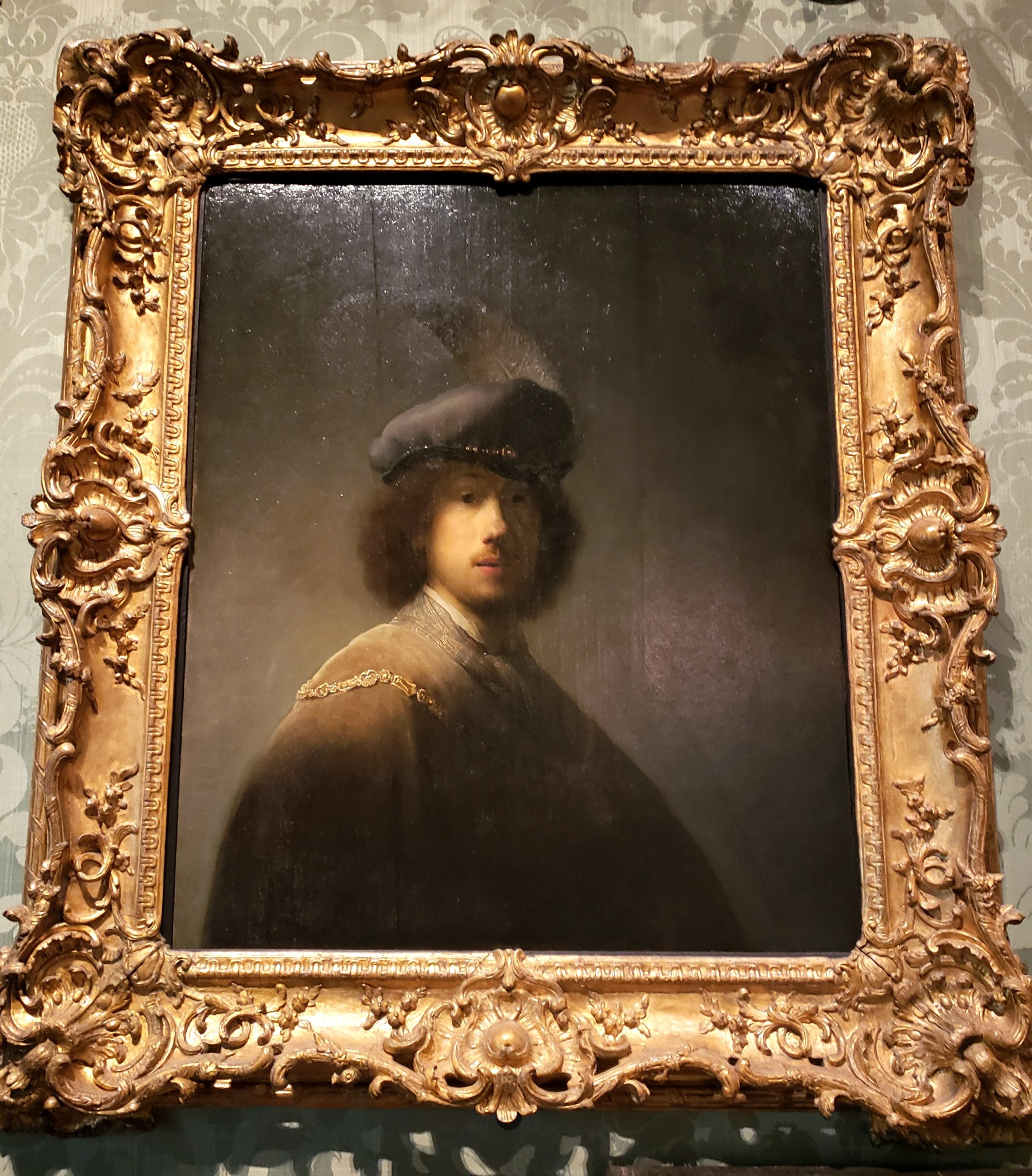
The Raphael corner, with two luminous works of his.
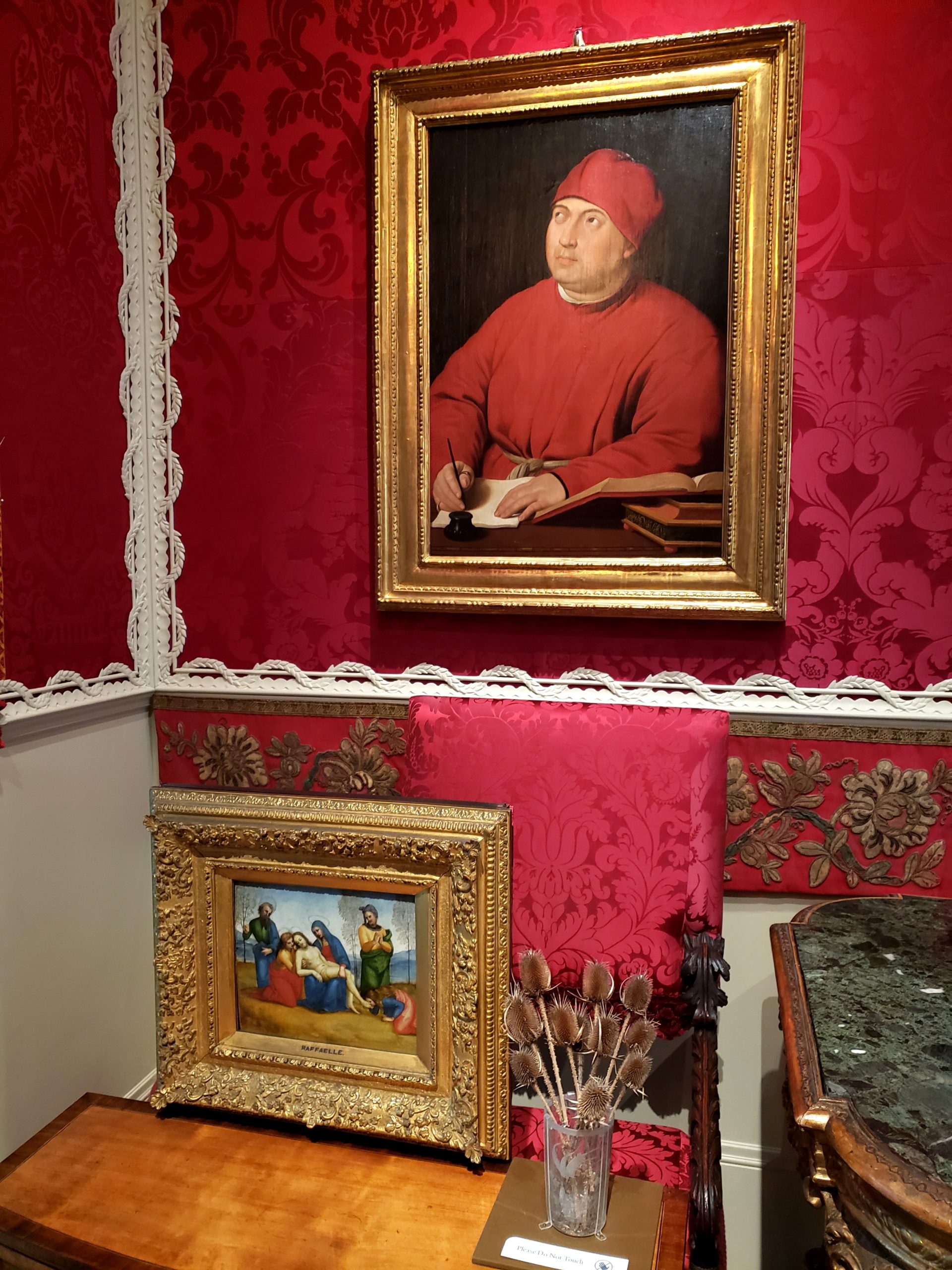
The Veronese room, so called because of the dynamic ceiling painting that once graced an actual Renaissance palazzo in Venice.
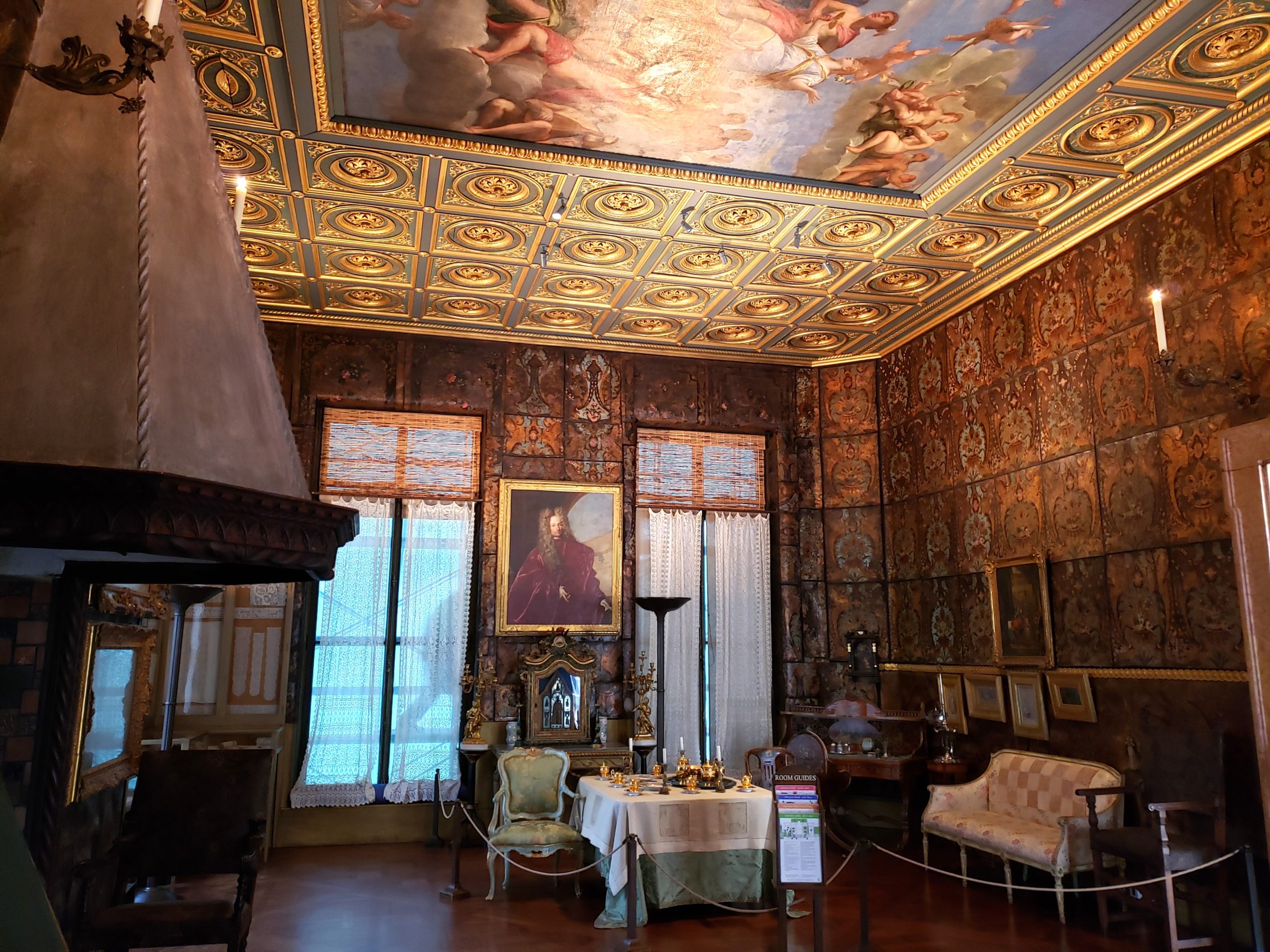
Some of the objects in the museum are letters and autographs from quite well known people. Here George Washington finally pays us back the money he owed us. Nearby was a letter floridly signed by Benjamin Franklin.
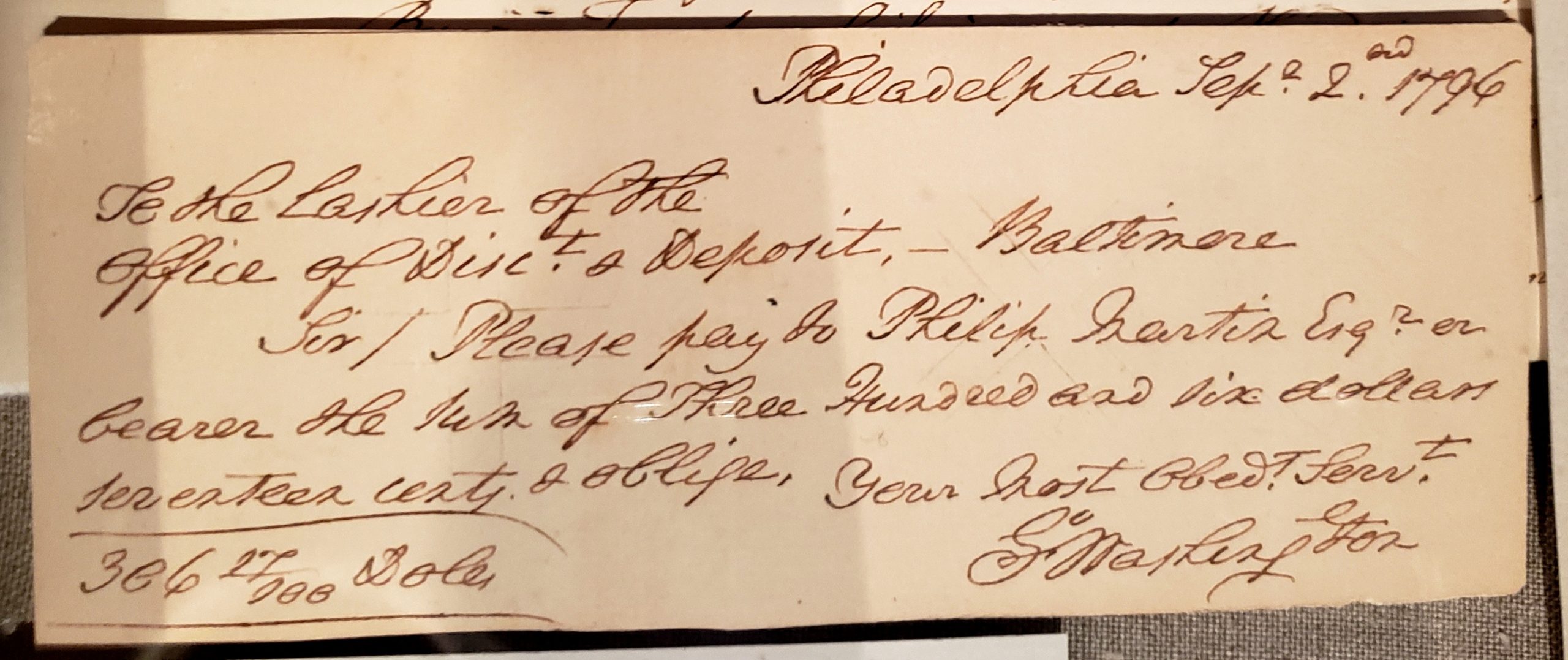
View of the atrium garden from the third floor.
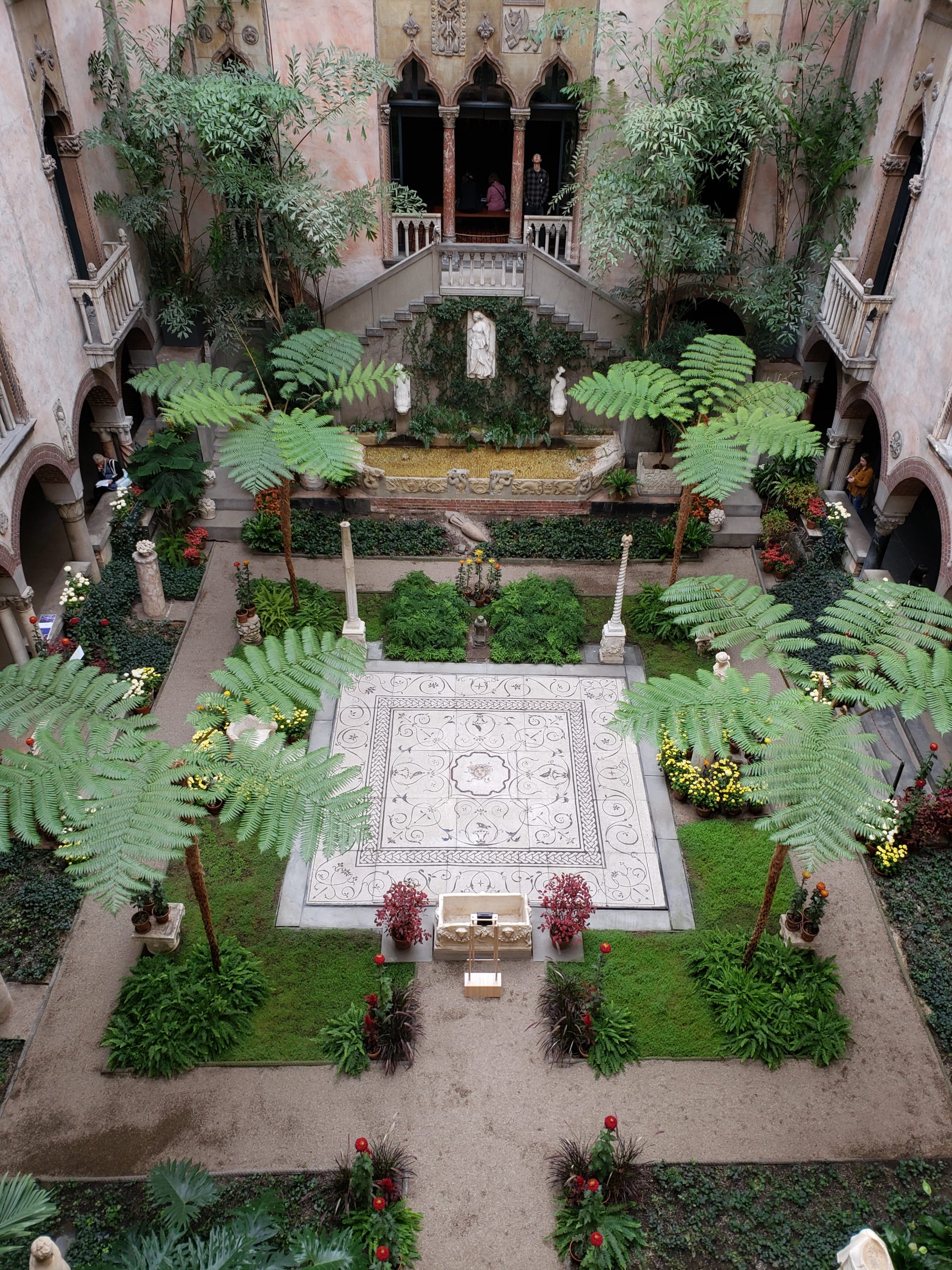
THE MEADOWS MUSEUM, DALLAS
The Meadows Museum holds a premier collection of Spanish art across the centuries in a large building on the campus of SMU in Dallas.
Our main objective was to see a special showing of 11 paintings, including work by Goya and El Greco, from another extraordinary collection, the Bowes. Those paintings had been purchased in the 19th century by a wealthy Englishman and his French wife, then displayed for the public at their chateau in the north of England.
The earliest piece from that collection was by de Borgona, c. 1510. This surprisingly passionate encounter between Saints Jerome and Ambrose was once part of a large altarpiece. Here the figures glow, not just from the gilded background but from the dazzling colors of their robes.
El Greco’s Tears of Saint Peter, from the 1580s, was to us the most powerful work in the Bowes group. It catches Peter, his eyes welling with tears and hands clutched in anguish, as he recognizes his betrayal of Christ. In this large painting, he is not just a revered saint and apostle, but a man feeling all too human and weak.
Juan Carreno de Miranda’s large scale mid-17th century painting from the Bowes tells the Biblical story of Belshazzar’s Feast. Its opulence and indulgence will soon end according to the warning on the wall that Daniel interprets.
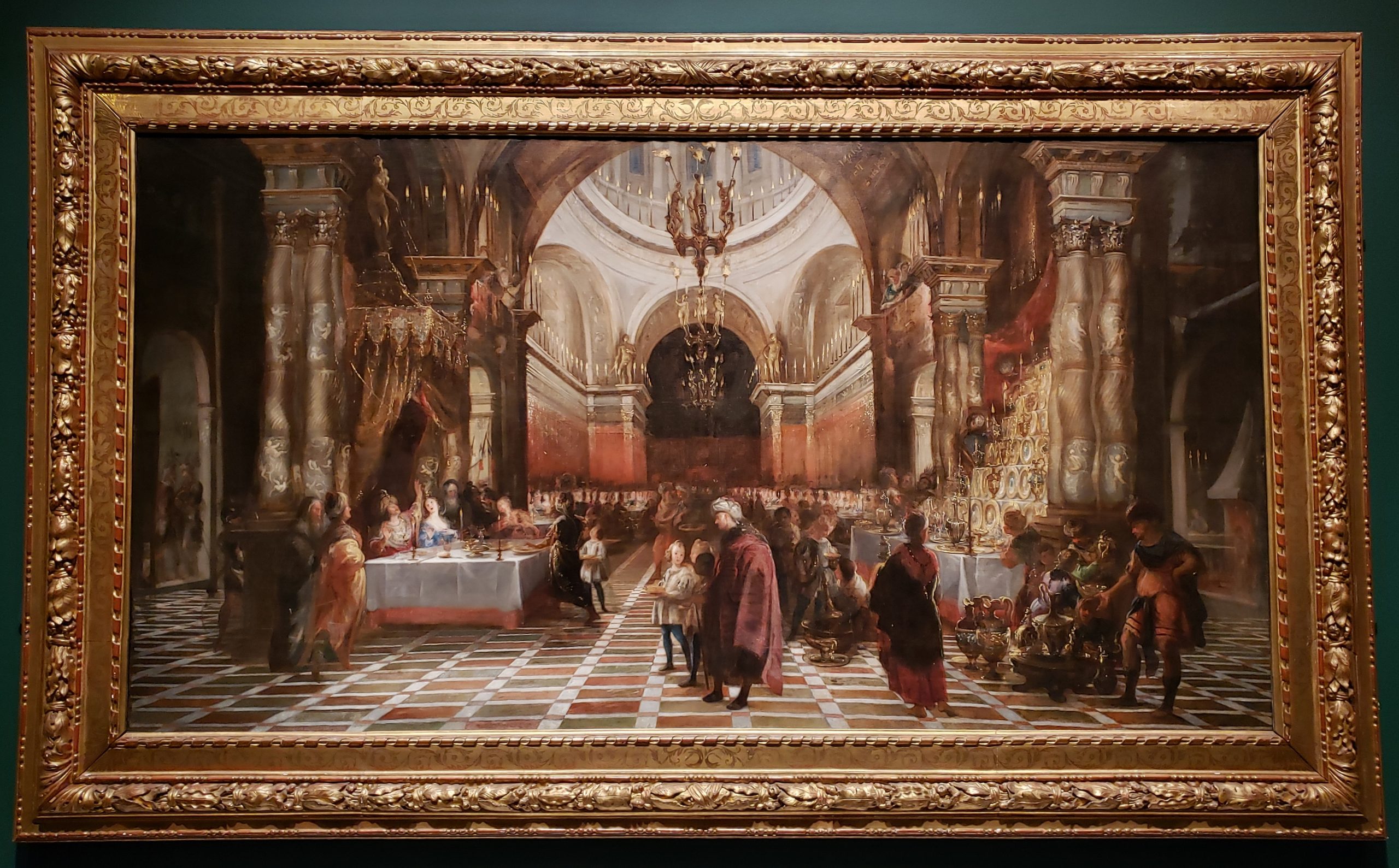
The dramatic atrium frames not the core of the action but the gorgeous trappings and service of the feast. After the dazzle of such eye candy, one starts to notice the left side of the painting, where Belshazzar marvels at the writing on the wall and bearded Daniel darkly gives the bad news.
And then there were old favorites from the Museum’s own collection.
Late 15th century altarpiece by Martin de Soria honoring Saint Peter, from the Meadows permanent collection. Each of the panels is meticulously rendered to tell a story from Peter’s life, along with other instructive saints and images of Christ. A large plastic-coated handout walked us through all the intricacies of the panels. The lower panels which directly flank Peter in the center were especially vivid. To his left, he is released from prison in the background while his vision of Christ’s suffering occupies the foreground; to his right, his own crucifixion.
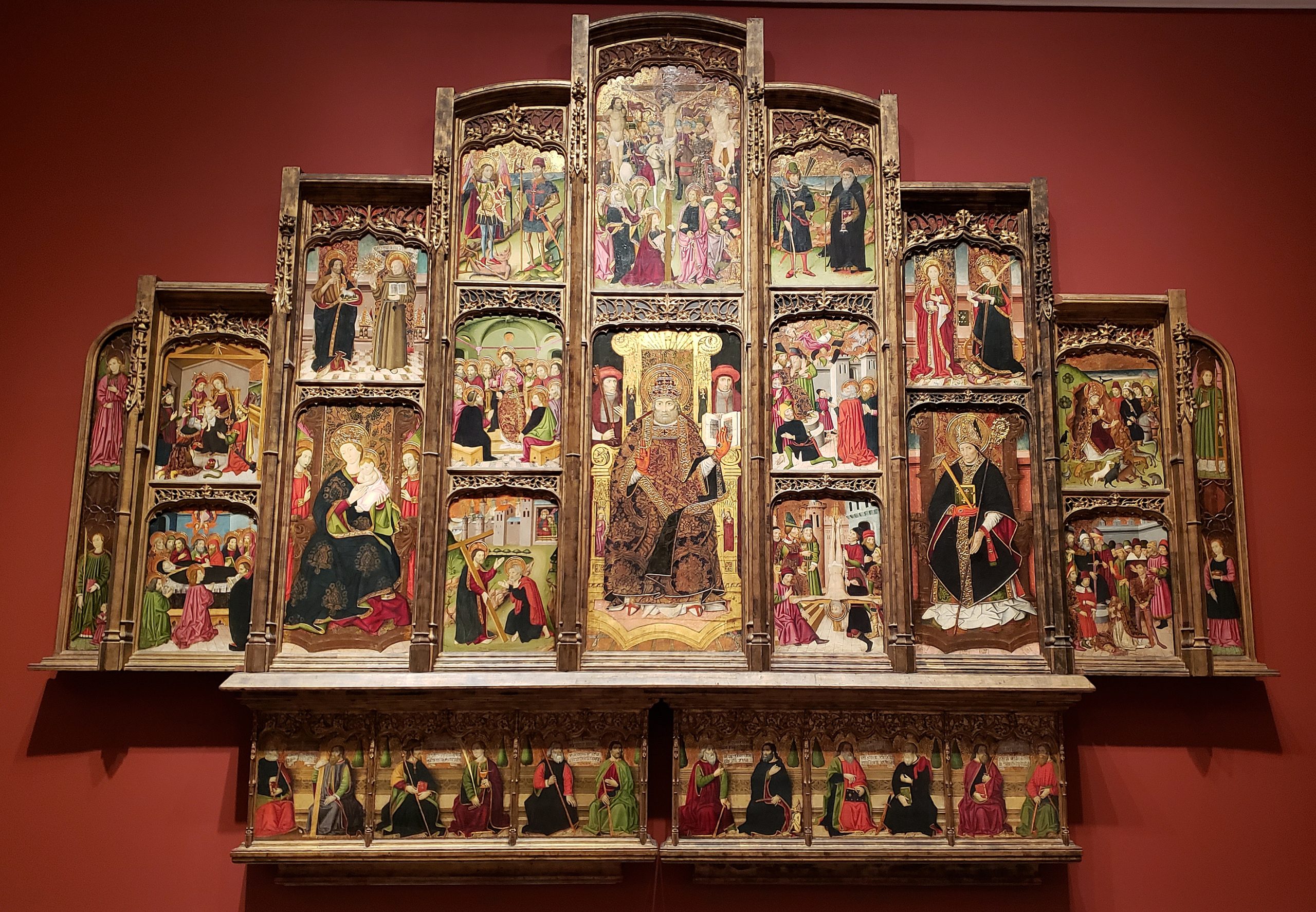
One of the museum’s special spaces is the second floor atrium with its strongly contrasting pieces. In the center stands a bravura lead statue of three nymphs by Maillol from 1939, flanked by two 12th century paintings of the three Marys from a large altarpiece about the Last Supper, and backed by a female saint’s pious image.
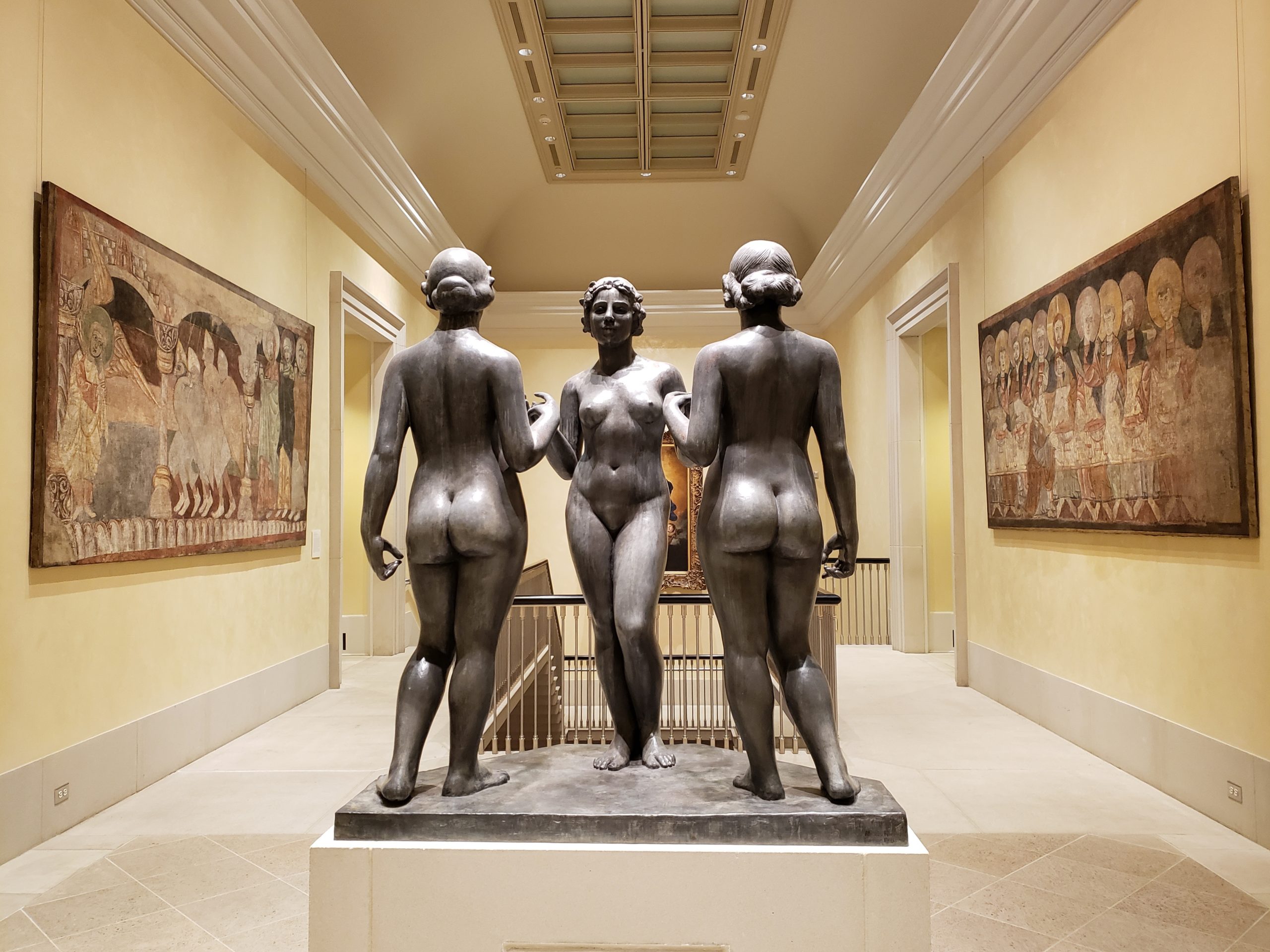
KIMBELL ART MUSEUM, FORT WORTH – Renoir
A dazzling exhibit of Renoir’s favorite subjects, the nude and the female figure, occupied us for hours at the Kimbell Art Museum in Fort Worth – a jewel of architecture in itself designed by Louis Kahn. Each painting lit up the room where it was placed, due to Renoir’s attention to texture and light, his sensuous efforts to be modern but also loyal to the classical traditions of art. Here are some of our favorite figures, clothed and unclothed.
Young woman braiding her hair 1876 – Early in his career, Renoir avidly imitated classical painters like Rubens and the Greeks from works in the Louvre. While displaying the sensory effects of light like other Impressionists, he tried to connect old traditions and modernity.
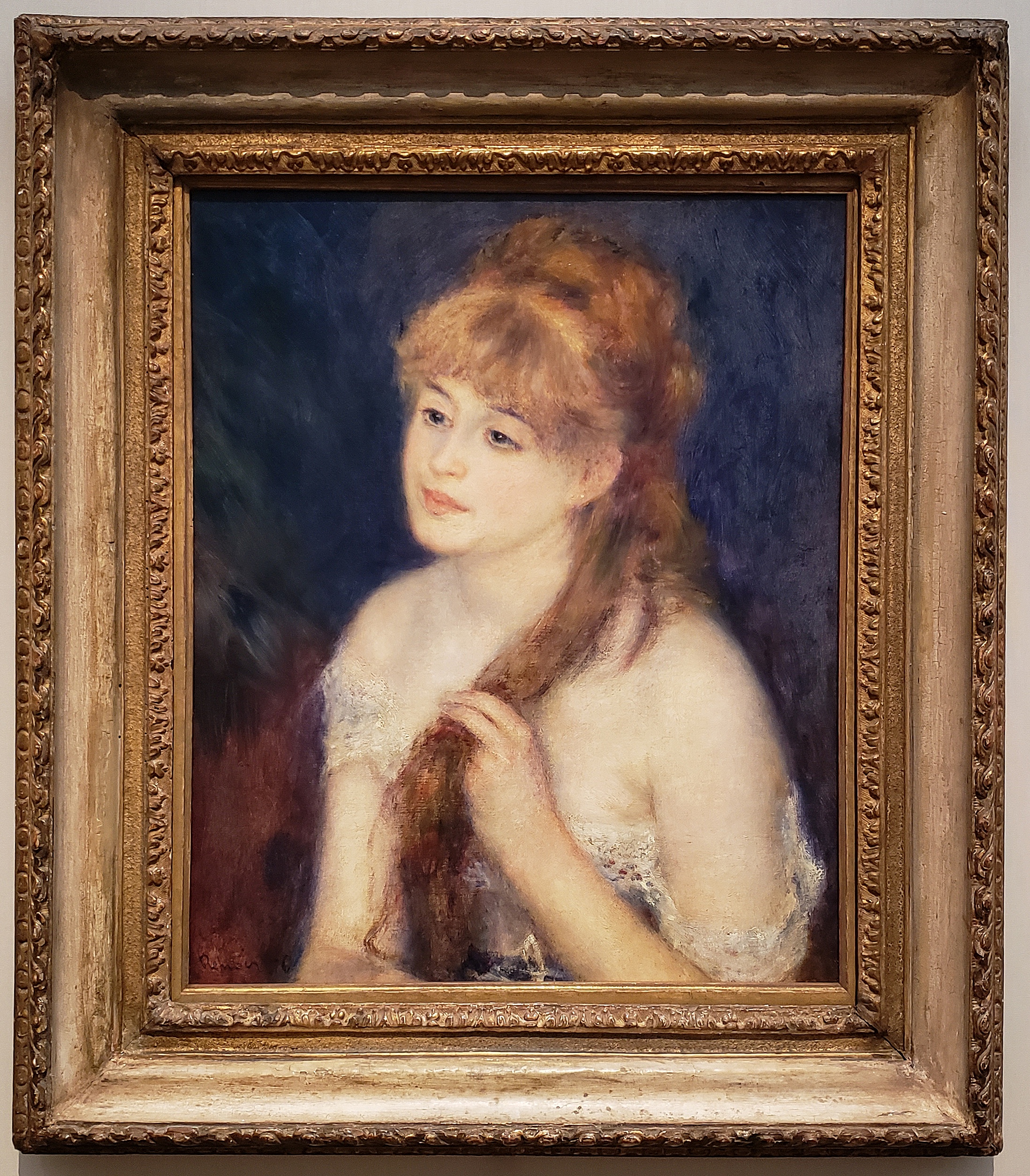
Sleeping girl 1880 – In an earlier work, Renoir’s lush color palette animates a traditional subject in contemporary dress – a figure found in an unguarded moment, not overtly modelling.
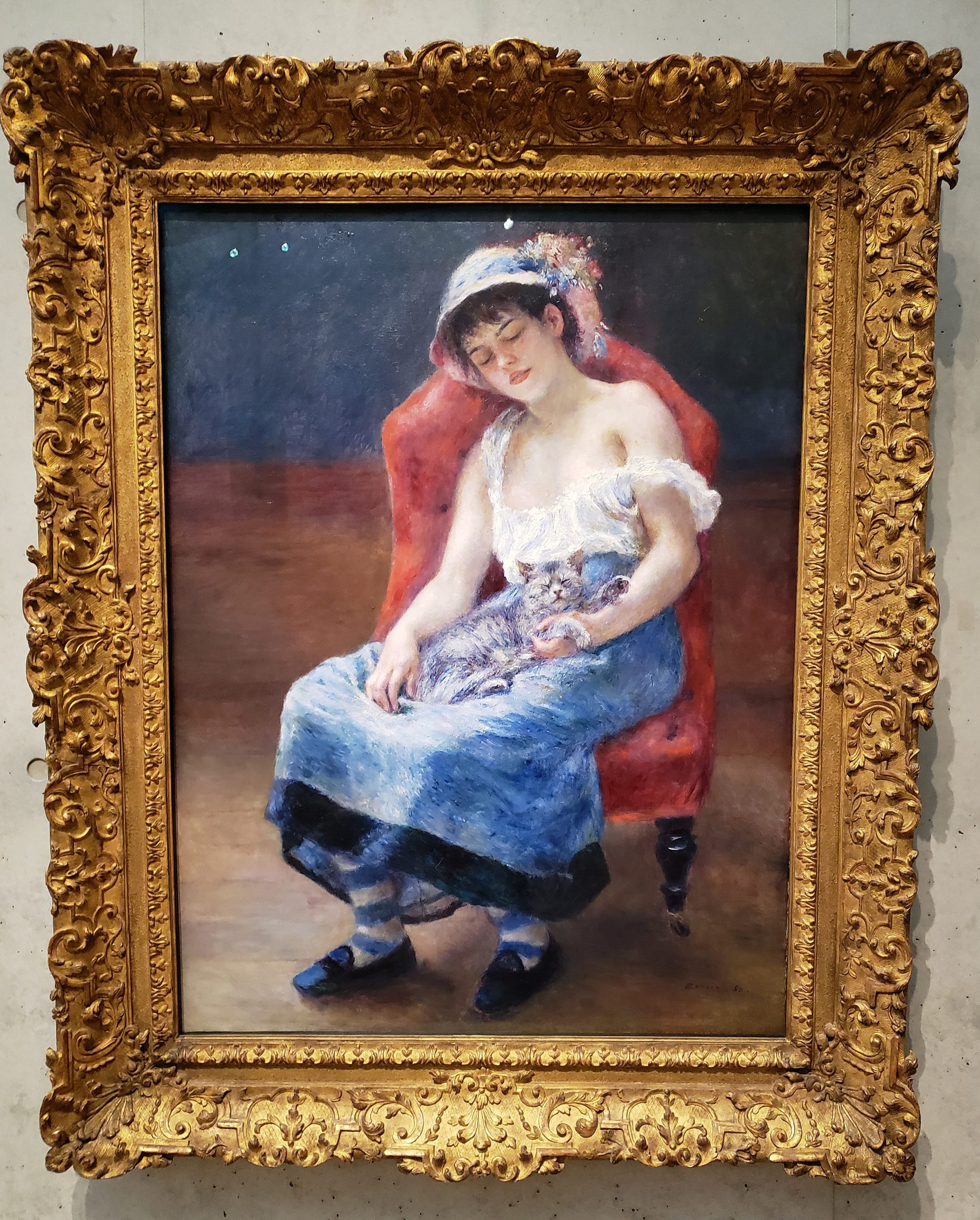
Bathers playing with a crab 1897. Many impressionists worked the classical theme of bathers on the shore, though in far different ways. Examples from Degas, Cezanne, Gauguin were in the exhibition. And later artists like Picasso did the same. Renoir makes the experience of delight and joy tangible and sensuous here. His vivid landscape, adorned with contemporary clothing, amplifies and echoes the spirited play.
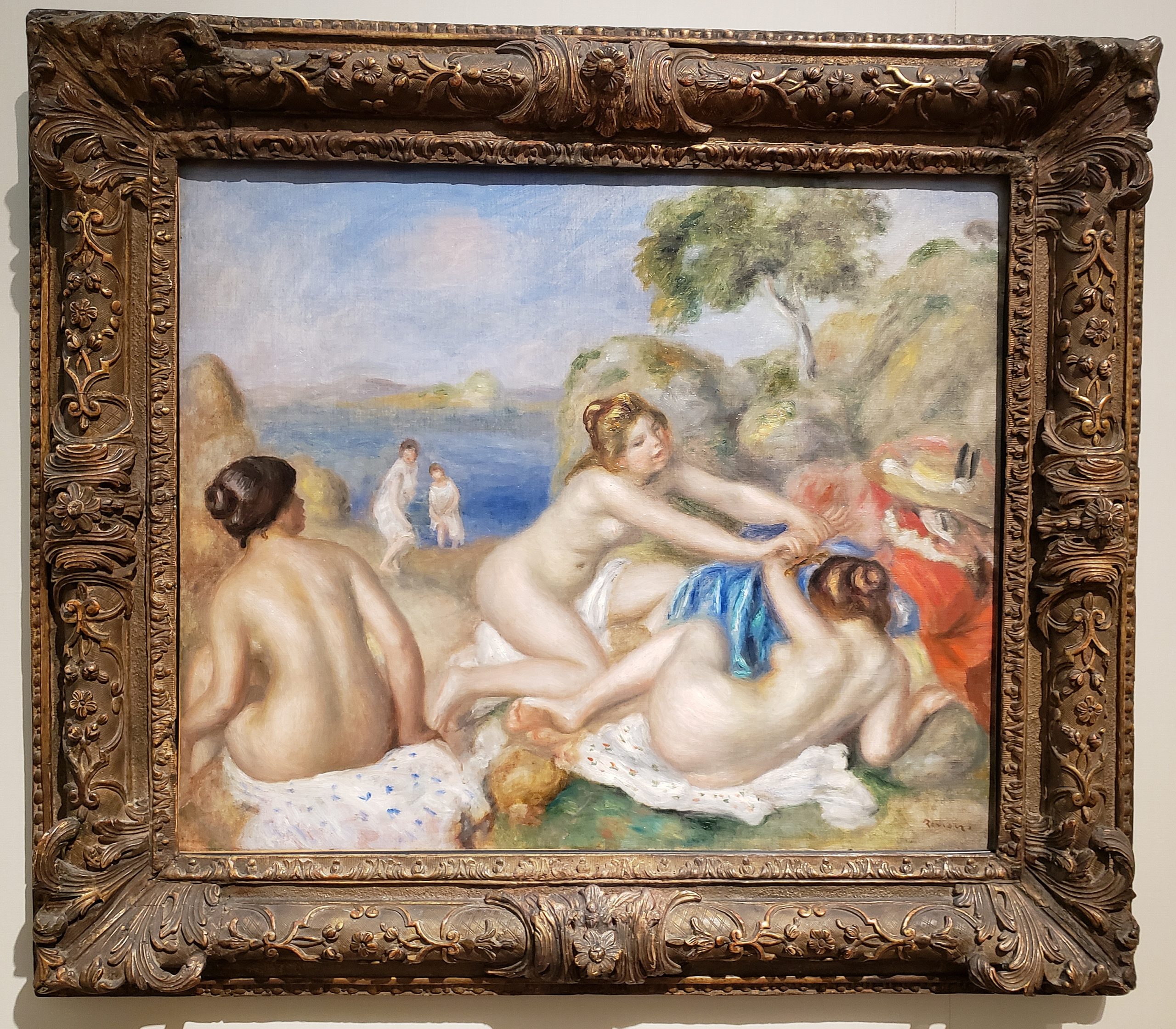
Seated bather 1906 – A glowing portrait in a typical Renoir pose of a woman teasing out her hair and clutching the drapery beneath her – content he learned from old masters like Boucher.
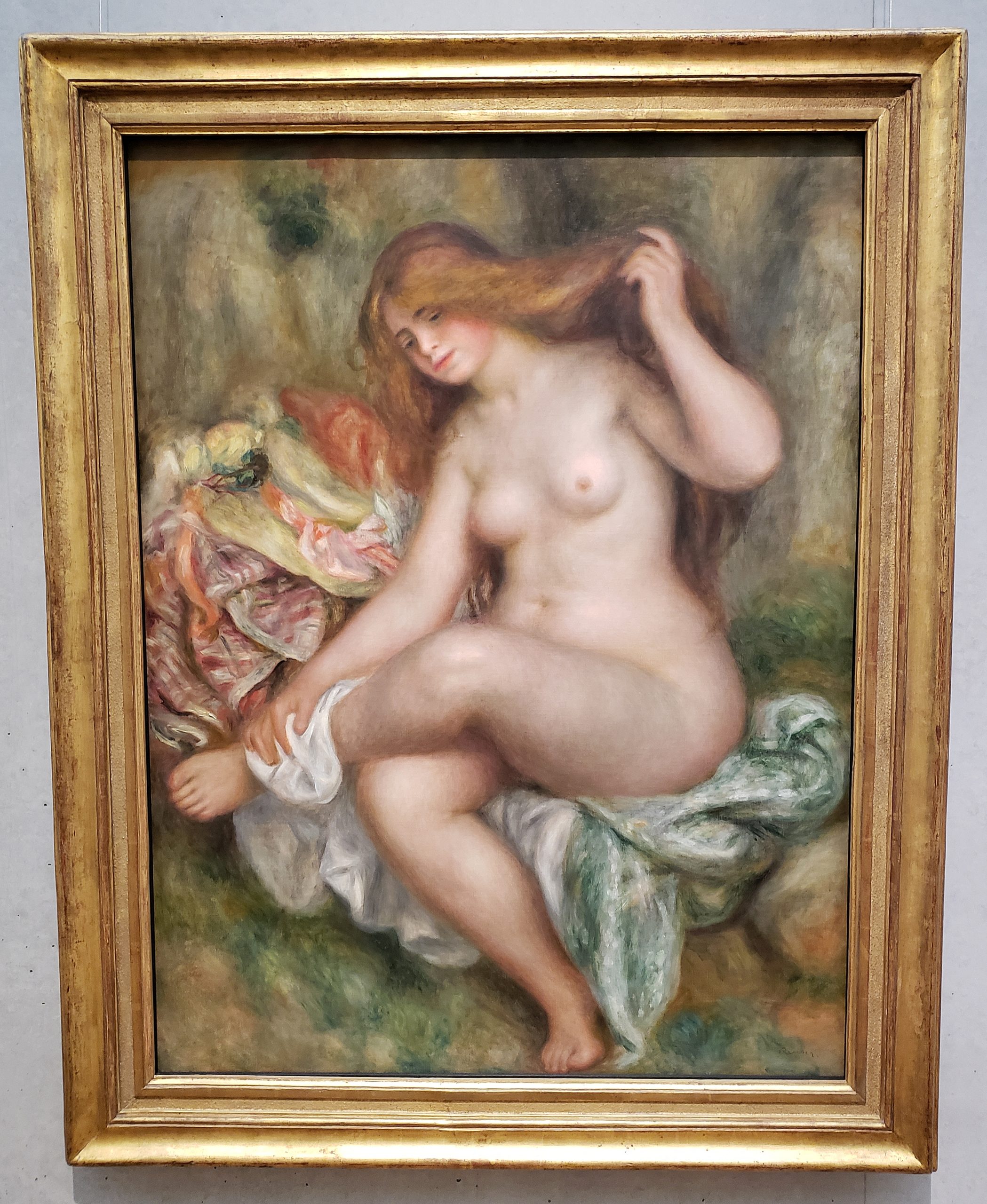
Venus victorious 1914 – Later in his career, Renoir worked with bronze casters to give three-dimensional form to his vision of the female figure. Notice the modelling of the face, which to us resembled Picasso’s African-mask faces.
This larger than life figure holds the apple she won, as Aphrodite, in a beauty contest against two other goddesses, each of whom tried to bribe the judge Paris.
Aphrodite offered Helen of Troy and so ignited the 20 year Trojan war. The statue was to be placed in a garden devoted to the theme of love.
Bather seated in a landscape, called Eurydice 1904 – One of seven Renoirs owned and imitated by Picasso. The distortions from realism in this self-absorbed figure and its brilliance directly inspired the Spaniard.
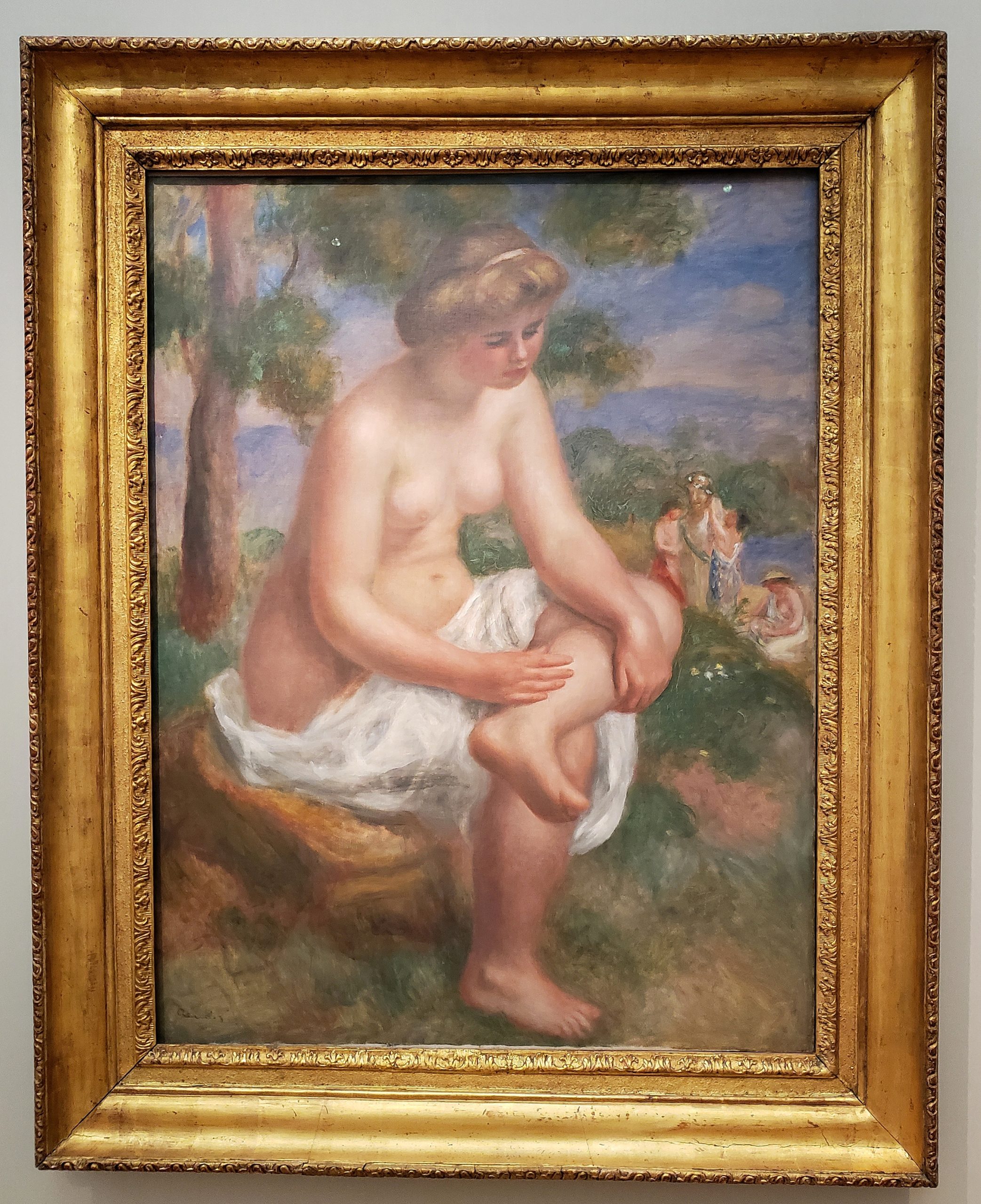
The Bathers 1919 This is one of Renoir’s last works, regarded by Matisse as his masterpiece. Again the rich landscape complements the lushness, sensory profusion and fullness of life savored by the colorful figures.
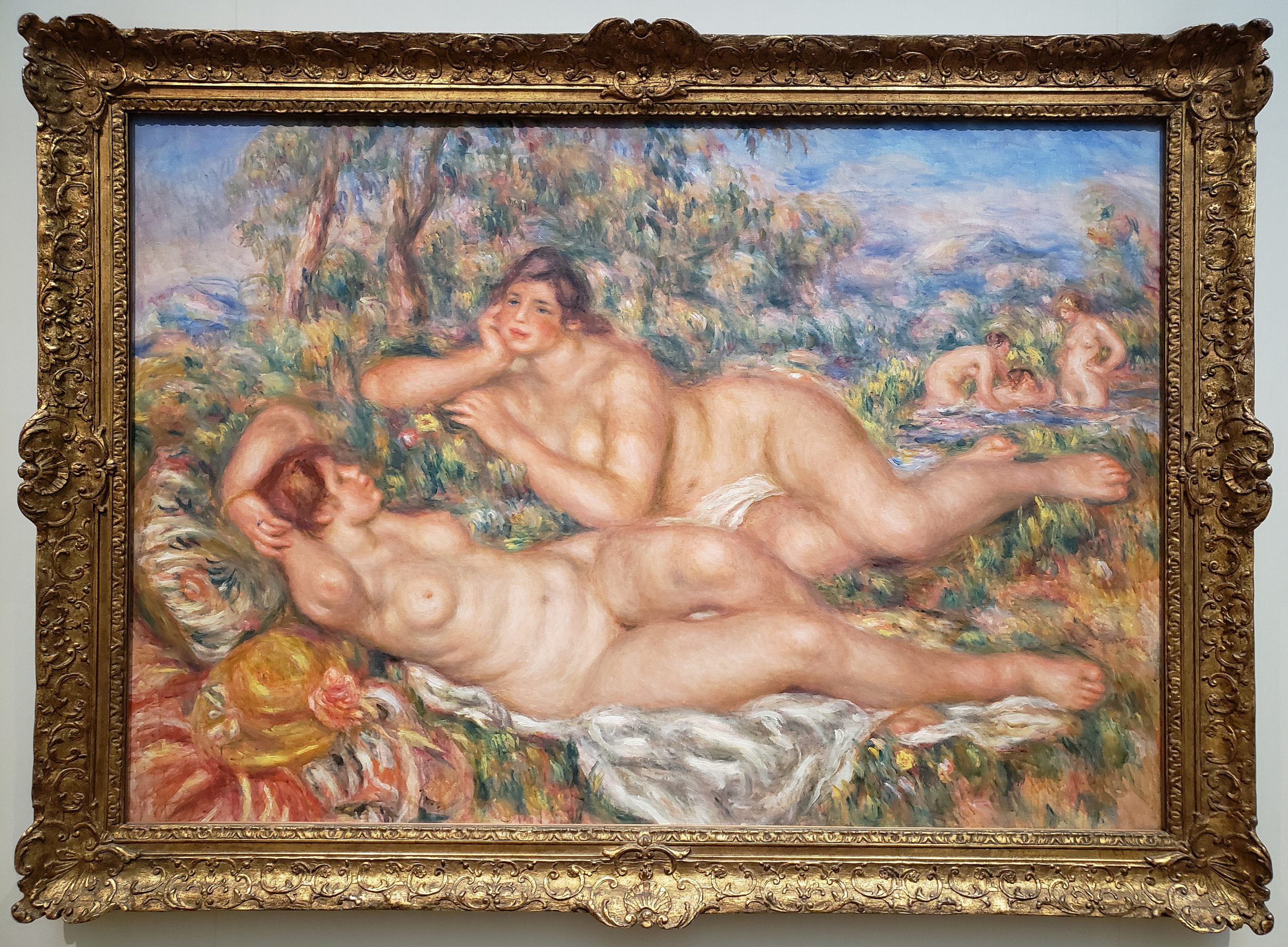
The Concert 1919 – This painting of an exotic setting mesmerizes the viewer with its Matisse-like opulence, decorative detail and intimacy.
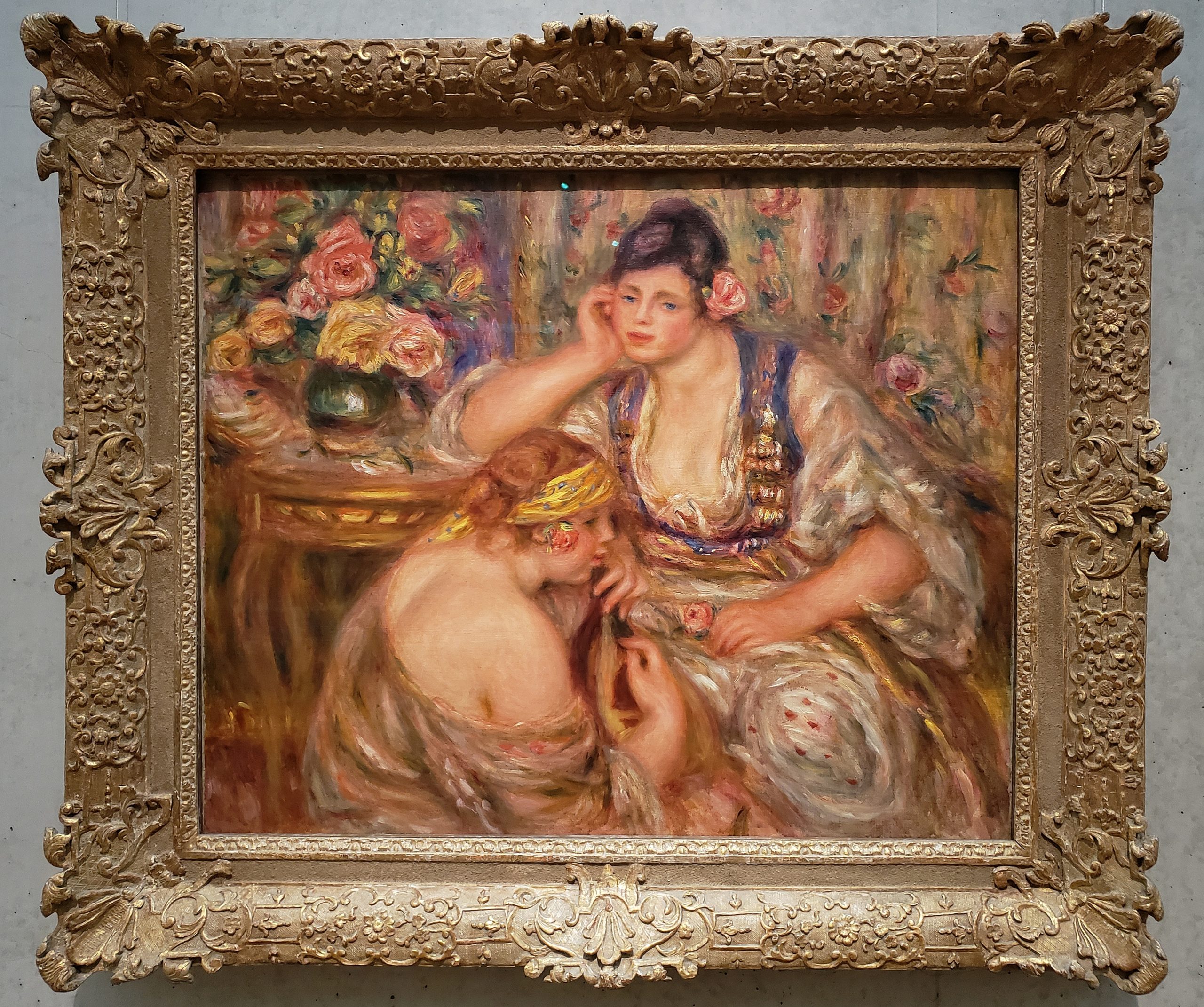
(To enlarge any picture above, click on it. Also, for more pictures from the USA, CLICK HERE to view the slideshow at the end of the itinerary page.)


